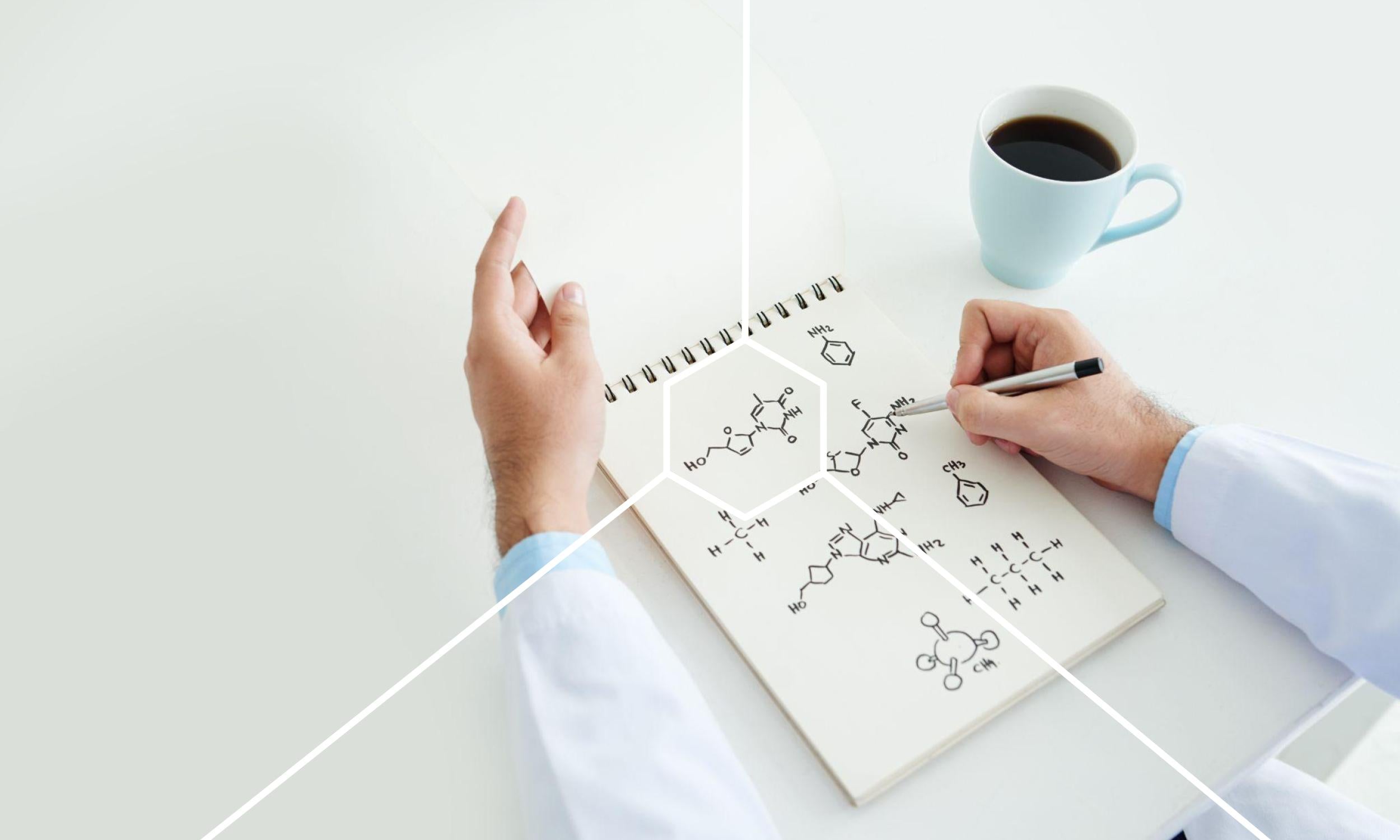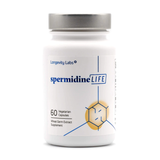
Polyamines are complicated compounds that help our body do away with old and damaged cells. But what else can polyamines help with? Today, we will be going over what a polyamine is, whether or not they’re beneficial, what foods contain polyamines, and whether or not polyamines can prevent certain diseases.
What Is a Polyamine?
A polyamine is a very active organic compound that is involved in a variety of metabolic processes. Natural polyamines, also referred to as low-molecular-weight linear polyamines, are found everywhere in life. The two primary examples of polyamines are spermidine and spermine, a triamine and tetraamine, respectively.
Synthetic polyamines also exist and are used frequently in research labs. It’s common to find polyamines as additives in motor oil. Over the years, researchers have begun to learn more about the importance of polyamines and their role in longevity. Because of that, spermidine supplements have boomed in popularity in recent years.
What is the Function of Polyamines?
First and foremost, it’s important to point out that research regarding polyamines is still in its infancy. While the biochemistry of polyamines is now well understood, there is still far more for us to learn. Therefore, we haven’t come to a definitive conclusion about the specific function of a polyamine.
With that being said, we do know that polyamine functions are so wide-ranging it’s hard to provide a comprehensive overview. These organic compounds play a significant role in virtually all metabolic reactions, either directly or indirectly. Through research, we have discovered that the regulation of polyamine content within mammalians plays a massive role in longevity and overall well-being.
What Do Polyamines Do?
So what exactly is the purpose of polyamines? We know that polyamines interact with negatively charged molecules like DNA, RNA, and proteins. We believe they play a vital role in replacing damaged and potentially harmful molecules with healthier ones.
Because of this, a decrease in polyamine is often associated with aging and disease. As mammals age, they lose more and more polyamines. Research has shown that boosting the polyamine count in the body through spermidine supplementation or a high-polyamine diet can increase the lifespan of tested organisms. These organic compounds have also been linked to stress resistance.
What Foods Contain Polyamines?
We can regulate the number of polyamines in our body through our diet. A diet with foods rich in putrescine, spermidine, or spermine should be enough to do the trick. However, too many Americans fail to get the recommended amount of these compounds. If you’re looking to add some polyamine-rich foods to your diet, here’s what you should implement:
- Grapefruit
- Orange juice
- Soybean
- Peas
- Pear
- Liver
- Pork
- Chicken
- Lentil soup
- Broccoli
Remember that the content in the foods listed above will also depend on the preparation method, storage method and period, and serving method. Deep frying your food or covering it in vegetable oils can lower this amount. On top of that, these methods of food preparation are frowned upon in the health community.
Do Polyamines Help Prevent Disease?
Remember, research regarding polyamine is still in its infancy. This is especially true when it comes to them and disease. Part of the reason why researchers believe they play a significant role in disease prevention is that most diseases are connected with cellular dysfunction.
Polyamines are viewed as regulators of cell growth and death, making them likely to affect the severity and formation of diseases. In most diseases, there is a noticeable increase in polyamines. For example, inflammation is a common side-effect among diseases. Polyamine levels typically increase when inflammation is discovered. At this point, it’s unclear whether or not they are pro or anti-inflammatory.
What Plants Contain Polyamine?
Polyamines are found throughout nature. Spermidine, one of the main types of polyamines, is located in all plant-derived foods. Of course, the content of spermidine will vary depending on the plant. Here are some examples of plants that contain a high volume of polyamines:
- Wheat germ
- Soybeans
- Mushrooms
- Peas
- Hazelnuts
- Pistachios
- Spinach
- Broccoli
Spermidine is also found in fruit, but the content levels are much lower. Speak with your doctor to ensure you have no soy or peanut allergies before consuming foods that are high in spermidine.
Are Polyamines Beneficial to Overall Health?
Again, more research is needed before we can definitively say that polyamines are beneficial to overall health. However, with the research we do possess, we can infer that this is the case. Part of the reason is due to one of the polyamine’s greatest benefits: it helps induce autophagy.
Autophagy is the body’s process of replacing old, damaged cells with newer, healthier ones. Autophagy is an essential process in survival. Recent research shows that spermidine can help induce this process. Therefore, researchers believe that you can improve your longevity by inducing autophagy through a spermidine-rich diet or spermidine supplementation.
Supplements Can Help
Unfortunately, the majority of Americans fail to get their recommended daily dose of spermidine through their diets. Spermidine supplements can help pick up the slack. Pairing spermidine supplements from spermidineLIFE® with a healthy diet and lifestyle can help improve your overall well-being and longevity.







